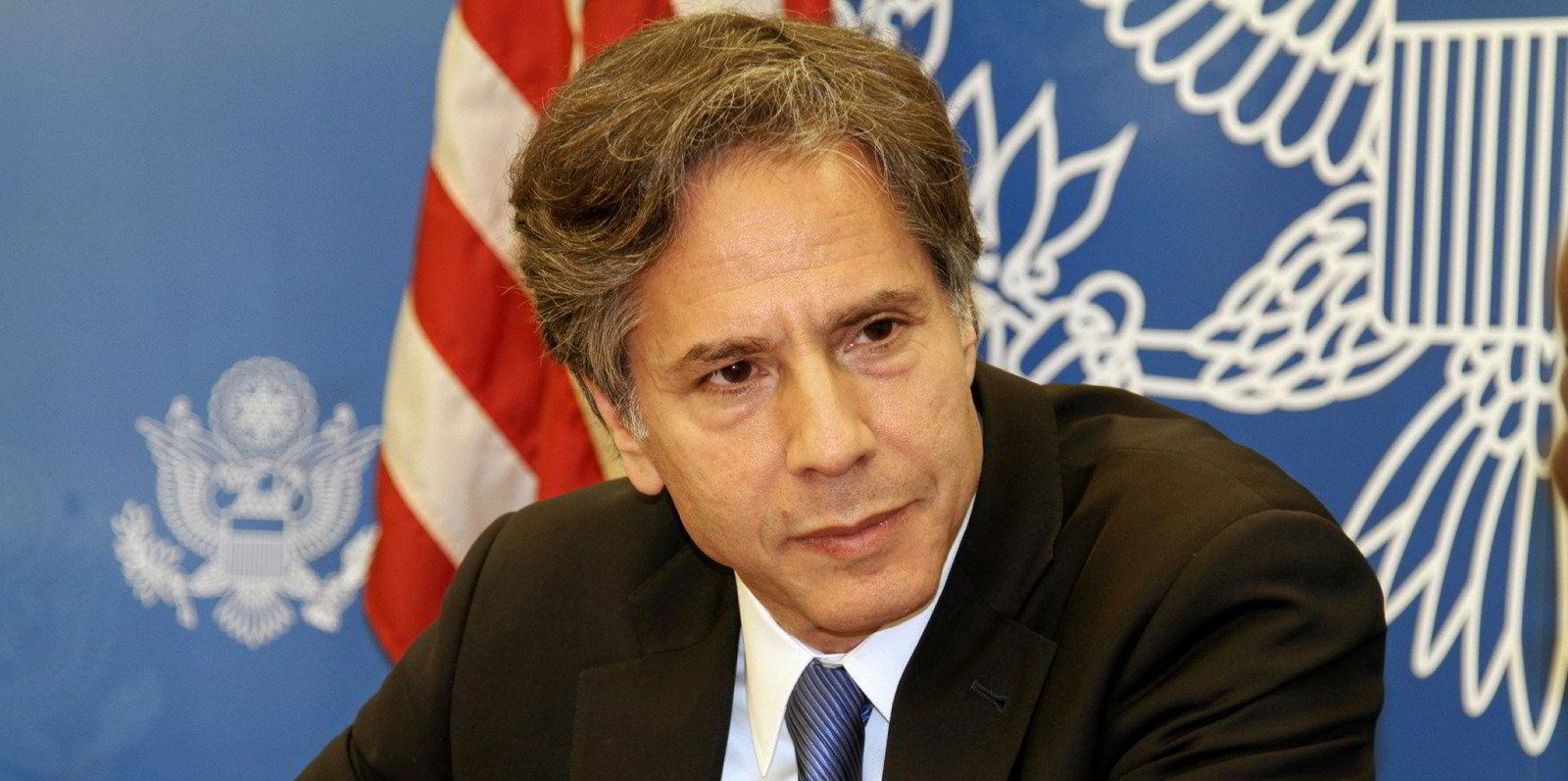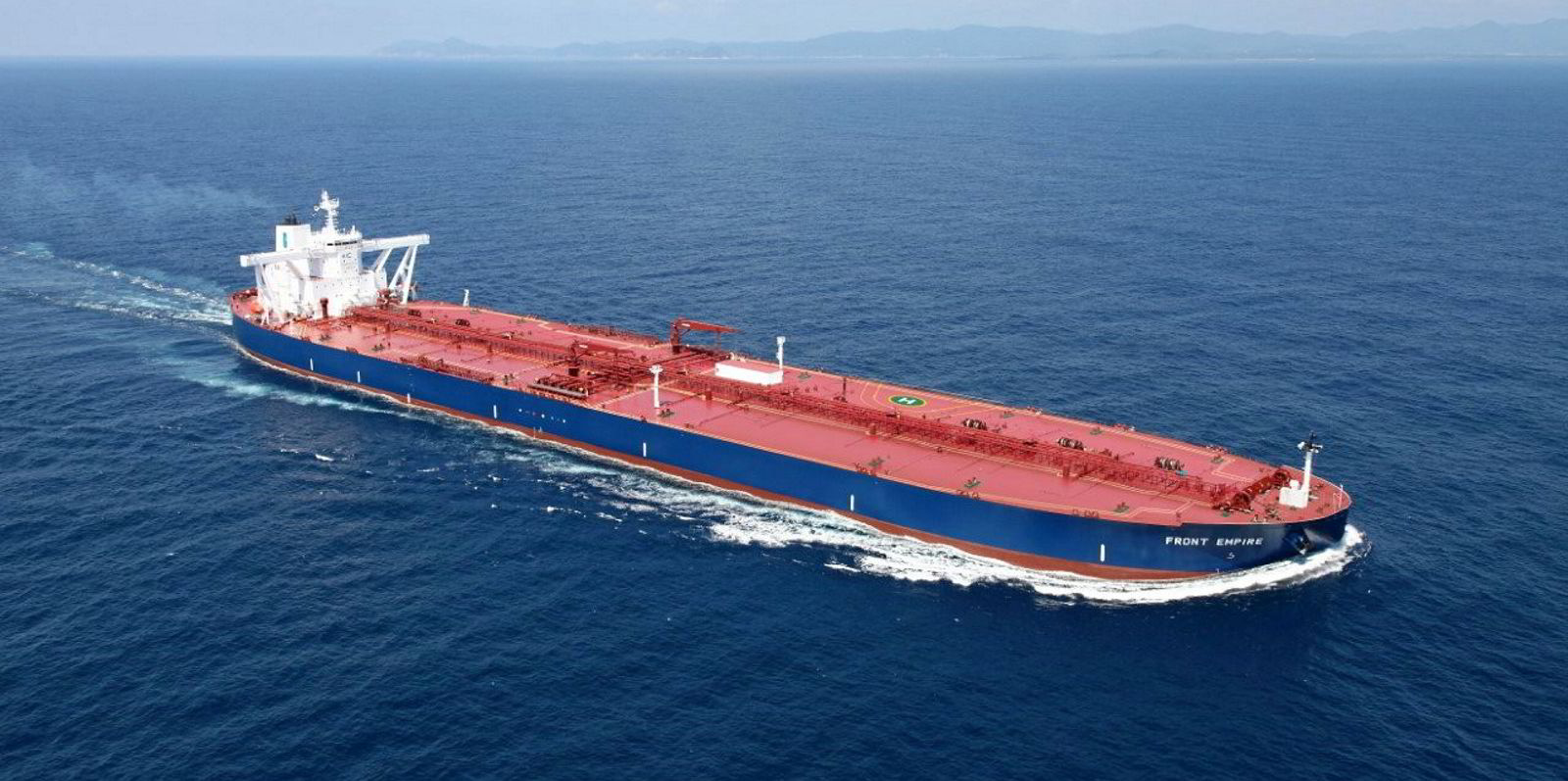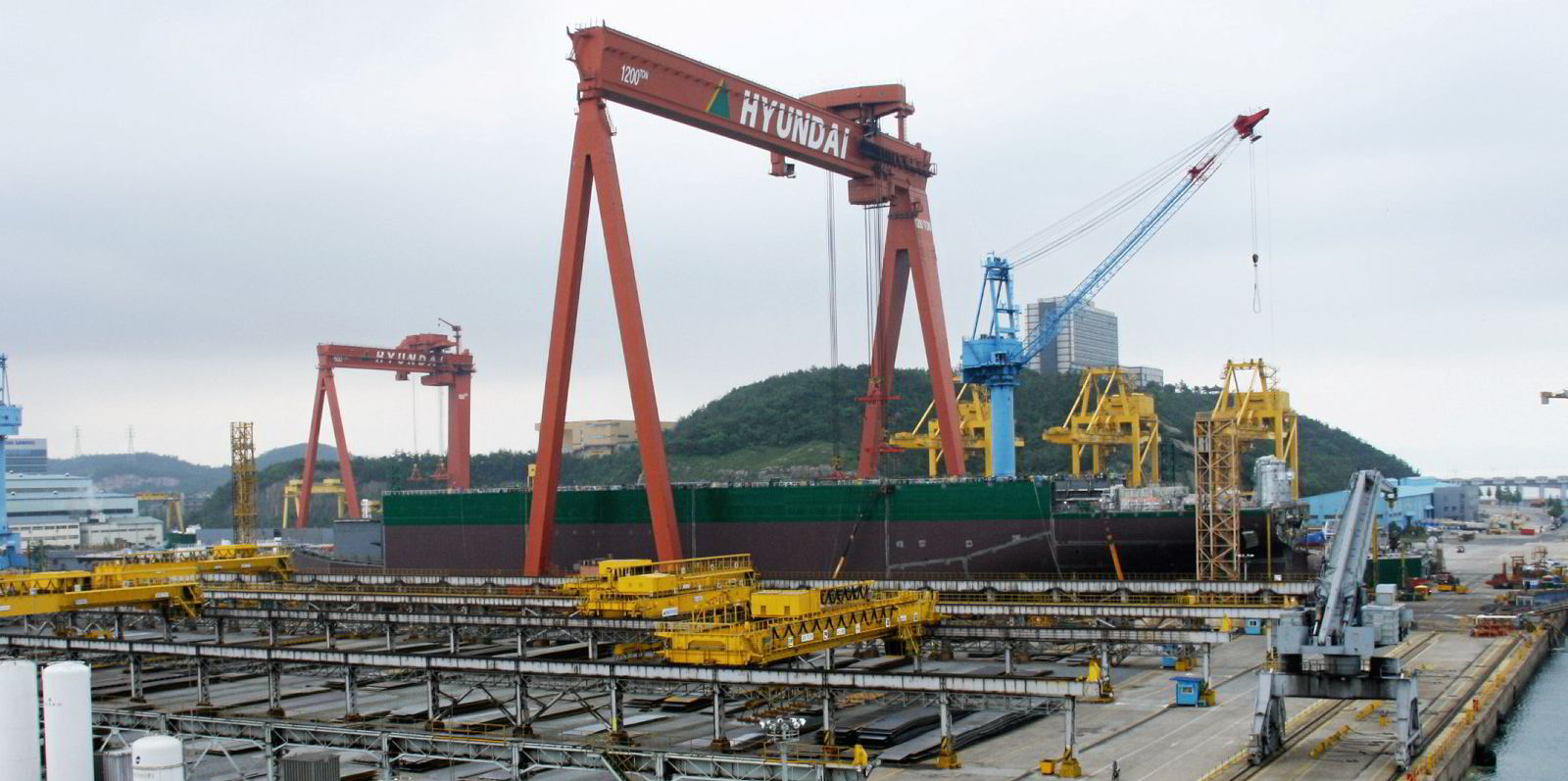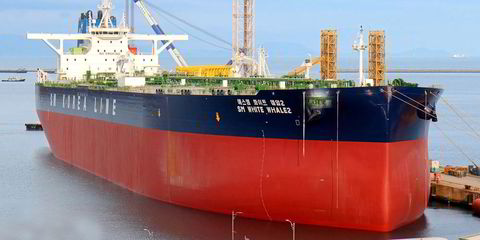Tanker newbuilding levels are at their lowest for more than two decades, according to Clarksons Research.
The UK research division of shipbroker Clarksons calculates that the period between January and April this year represents the longest stretch without a crude tanker order for at least 25 years.
In total, in the year to April, only 7.4m dwt of new tankers was contracted.
This compares to an annual average of 26.3m dwt in the period from 2010 to 2020.
In the first four months of 2022, just seven vessels of 0.5m dwt were ordered, all of which were product tankers.
Clarksons Research analyst Rachel Ibbetson said that while there has been plenty of discussion around the tanker demand outlook recently, supply-side trends are also important.
“Tanker contracting has been extremely limited lately, a trend which is expected to keep fleet growth subdued. Furthermore, with shipyard slot availability diminished, slow tanker supply growth is likely to last until at least mid-decade,” she added.
The analyst argues the recent dearth of ordering reflects a range of factors.
Historically weak markets amid impacts from Covid-19 have discouraged owners from heading out to yards.
30-year low
The period between September 2020 and early 2022 saw the worst tanker earnings in 30 years, although there has been improvement since then.
“High newbuilding prices have also exerted pressure on ordering appetite,” said Ibbetson.
The cost of a new VLCC stood at $116.5m at the start of May, the highest level since June 2009.
Clarksons Research’s tanker newbuilding price index has risen consistently each month since January 2021.
“Meanwhile, against the backdrop of shipping’s fuelling transition, uncertainty over alternative fuelling options may also be causing ongoing hesitation in tanker contracting,” the analyst added.
Orderbook at a record low
By the start of May, the total tanker orderbook stood at 35.9m dwt, just 5.8% of fleet capacity and a record low.
As a result, fleet growth is expected to remain limited in the short term.
Clarksons Research is forecasting capacity expansion of only 2.5% in 2022, and 0.7% next year.
Ibbetson believes higher tanker rates of late could perhaps support an uptick in ordering.
“However, even if contracting does increase, it appears unlikely that deliveries in the next few years will be significantly impacted,” she said.
Following record ordering of LNG carriers and container ships in 2021 and continued strong appetite in these sectors so far this year, an average of 20.2m cgt per year across all ship types is already scheduled to be delivered across 2023 and 2024, Ibbetson added.
With space at yards for near-term deliveries limited, delivery dates for ships contracted today are increasingly moving towards 2025.
“Overall, the combination of the currently limited orderbook and tightness of slot availability at shipyards paints a promising picture for tanker supply,” the analyst said.







